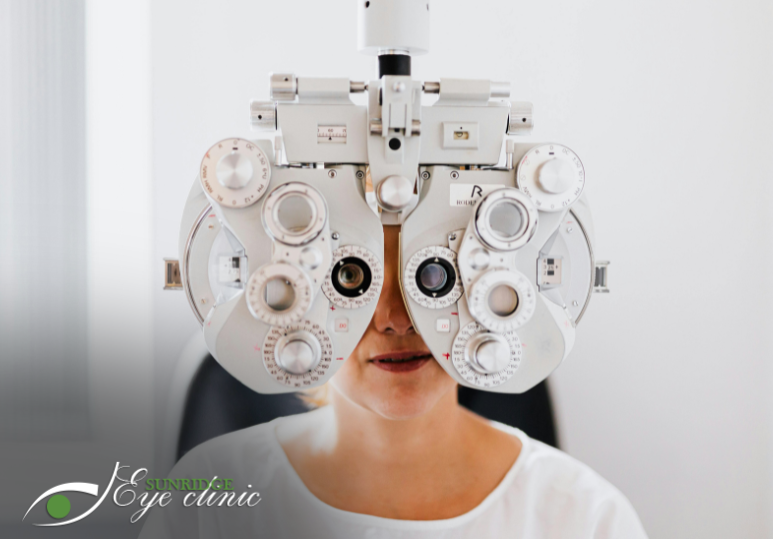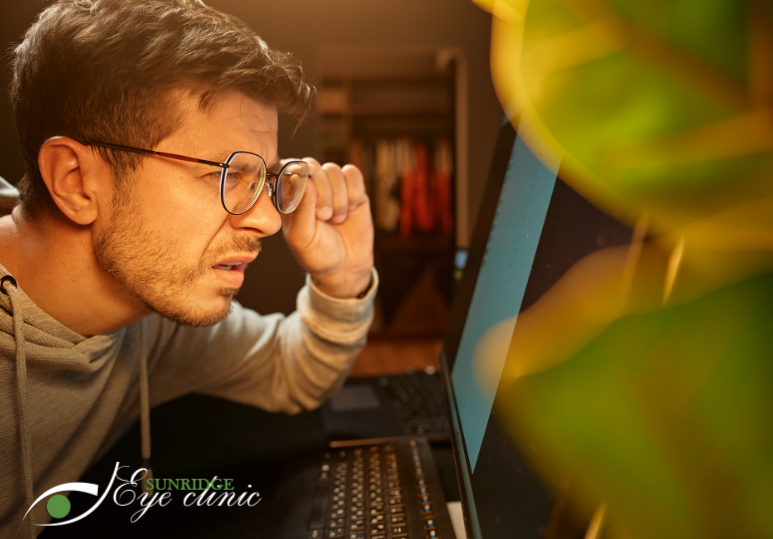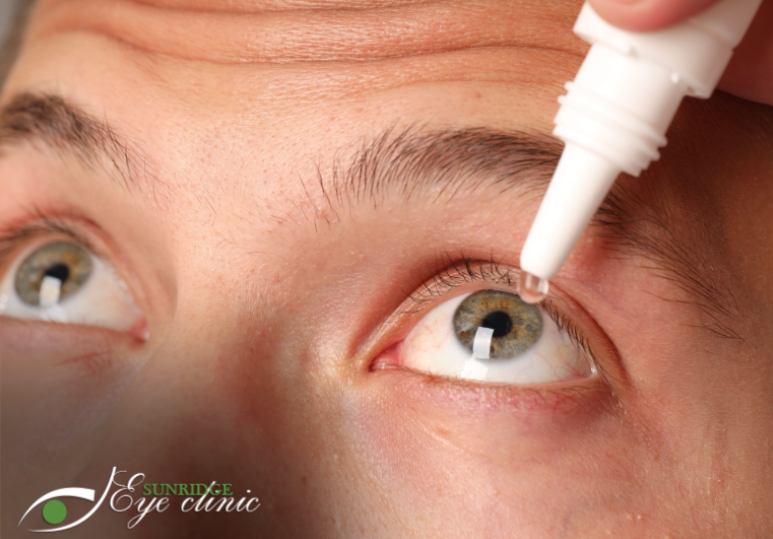Your optometrist can help determine if you have colour blindness by performing some simple tests.
Colour blindness tests are used to determine two things:
- if a person has colour blindness
- the severity of the colour blindness
Eye Exams Used To Detect Colour Blindness
For those who suspect that they or their child may have colour blindness, here are some tests the eye doctor might use to screen for colour vision impairment.
Colour Blind Screening Test. One of the most well known tests for colour blindness is the Ishihara Colour Vision Test named after the Japanese ophthalmologist who created the test over 100 years ago. Used to detect red-green colour blindness, this test displays an image composed of dots of different sizes, brightnesses, and colours, with a number comprised of differently coloured dots concealed within the image. Those who are colour blind will not be able to identify the number and will only see dots.
In-Depth Colour Blind Test. After it’s been determined that a person has colour blindness, your optometrist would recommend an in-depth colour blindness test to determine the severity of the condition and what colours can’t be seen. The most common test for this is the Farnsworth-Munsell 100 Hue Test. This test consists of four trays with colour references on the end and many small disks of varying hues. The disks must be arranged on the trays to create a continuous progression of colour change. When the test is complete, the eye doctor will compare the answers against a key and from the results will determine the severity of the colour blindness.
Anomaloscope Colour Blind Test. In this test, patients look at a circle through an eyepiece. The top of the circle is a yellow light, but the bottom is green and red light. The patient must then turn dials until they make the whole circle the same colour and brightness.
Online Colour Blind Test. Thanks to new technologies, many colour blindness tests can be found online. If you are suspicious that you may have colour blindness these are great tools to check your suspicions, but remember that display colour and brightness may alter what you’re seeing on the computer screen. For the most accurate assessment, it’s best to visit your Calgary eye doctor for a professional screening for colour blindness.
Although there is no cure, people with colour blindness can live normal lives and perform most normal day to day functions. For those who long to see the world in full colour, advances in technology are providing some amazing tools like tinted glasses that can help some people with colour blindness see colour more accurately.
For All of Your Vision Needs, Visit Sunridge Eye Clinic
Colour blindness can be easily assessed by the optometrists at Sunridge Eye Clinic. For comprehensive eye exams for children and adults and for all of your eye health needs, you are in good hands with our team. Call our Sunridge office in NE Calgary or book online today and let us help you see clearly. You can schedule an eye exam with the competent and professional staff by calling 403-280-7518. As Calgary’s choice optometrists, the team at Sunridge Eye Clinic can answer any questions you have and conduct screening for colour blindness.
FAQ
Q: What causes colour blindness?
A: Colour blindness is most commonly a genetic condition, although it can also develop when there is damage to the optic nerve or when there are physical or chemical changes to the eye. Colour blindness is caused by a failure of cones in the retina to detect light. Some of the cones will likely still function, but some will not, and this results in colour blindness of only a few colours. If you have any questions or concerns about colour blindness, speak with an eye doctor at Sunridge Eye Clinic.
Q: Does colour blindness get worse over time?
A: If you’ve inherited colour blindness, the effects will neither decrease nor increase, meaning your vision will stay the same unless you use specialty products such as tinted glasses.
Q: What types of colour blindness are there?
A: The most common type is red-green colour blindness.
There are 4 types of red-green colour blindness:
- Deuteranomaly is the most common type and it makes green look more red.
- Protanomaly makes reds look more green and not as bright.
- Protanopia and deuteranopia are both red-green deficiencies where the colours cannot be seen at all.
There is also blue-yellow colour blindness that can come in two different type:
- Tritanomaly makes it difficult to distinguish between blue and green and between red and yellow.
- Tritanopia makes it difficult to distinguish between blue and green, purple and red, and yellow and pink, while also making colours look less bright.
Finally, there is complete colour blindness which is called monochromacy. This is exceedingly rare.






